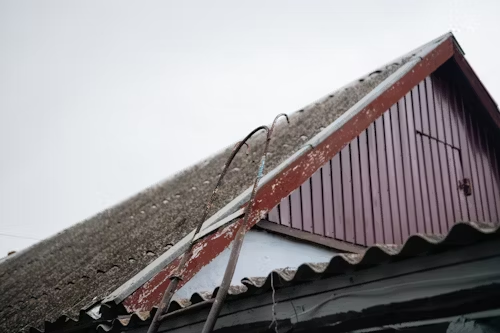Vaughan winters bring snow, freezing rain, and ice—conditions that can wreak havoc on chimneys. Cold weather makes existing cracks worse, flashing failures more likely, and leaks harder to control. Understanding the challenges of winter chimney roof repairs and knowing the right solutions helps homeowners protect their property when it matters most.
Why Chimneys Struggle in Winter
When water seeps into small cracks in mortar or flashing and then freezes, it expands, making the damage worse. This freeze-thaw cycle is one of the biggest threats to brick chimneys. On flat roofs, snow and ice often pool around the chimney base, adding extra pressure. Missing or broken chimney caps allow snow to enter directly, creating leaks inside the home.
Common Winter Chimney Problems
Homeowners often notice water stains on ceilings, musty odors, or even frost inside their chimney during winter. For shingle roofs, high winds can blow shingles loose around the chimney, exposing weak spots. Clogged eavestroughs also worsen the problem by forcing melting snow back toward the chimney base.
Professional Winter Repair Solutions
Experienced chimney repair specialists in Vaughan use cold-weather sealants, flashing replacements, and waterproof barriers to stabilize leaks. In severe cases, emergency roof repair services provide immediate fixes until warmer weather allows for more permanent solutions. Skilled roofers know how to safely navigate icy conditions and ensure reliable repairs despite the season.
Preventive Steps Before Winter
The best way to avoid chimney problems in winter is to prepare in fall. Having a roofing Vaughan contractor inspect flashing, caps, and mortar before the first snowfall ensures your chimney is ready. Cleaning gutters and downspouts also prevents ice dams, one of the main culprits behind winter leaks.
Final Thoughts
Winter chimney roof repairs can be more difficult, but they are also more urgent. By scheduling seasonal inspections and relying on professional repair services, Vaughan homeowners can avoid costly water damage. A little preparation before the snow arrives goes a long way in keeping your chimney and roof safe during the coldest months.

